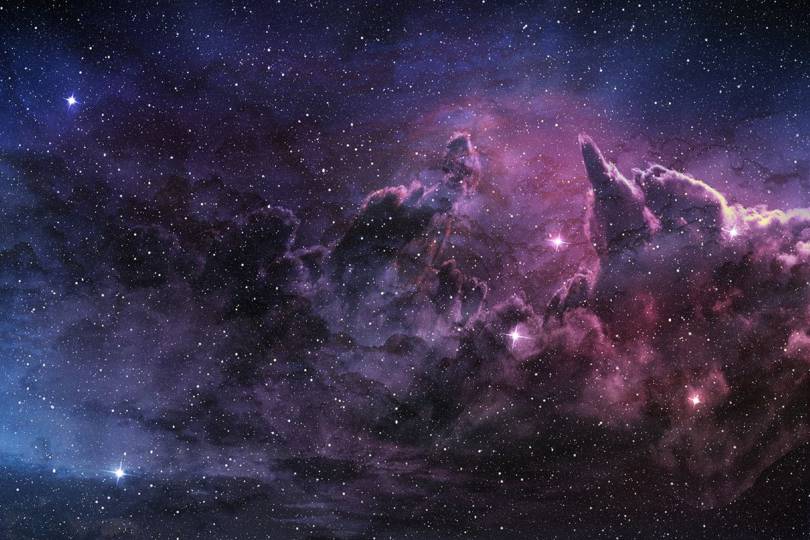From a young age, we are told the Universe started after the Big Bang, roughly 14 billion years ago. This theory of the start of the Universe describes a state of high density and high heat. As science progresses and physicists explore the universe, there are more questions about the universe always existing. In addition, there are questions of whether the universe goes on forever and is ultimately infinite. These questions pose questions that scientists cannot prove and also have interesting implications.
On the topic of the Universes origin, there are mixed ideas. Many believe that the Universe was created due to the Big Bang and started to expand rapidly. Even Stephen Hawking stated in his lecture "The Beginning of Time" that "the universe, and time itself, had a beginning in the Big Bang, about 15 billion years ago". This seems like a satisfying answer to a question that confuses many. Others question wether the universe goes it cycles. It is possible that the Big Bang as the beginning of a new universe after the previous one collapsed. This is an interpretation of the universe as being an oscillatory universe. Rather than a single start to time, time has always existed and has just been redefined in different universes.
On the topic of the Universes origin, there are mixed ideas. Many believe that the Universe was created due to the Big Bang and started to expand rapidly. Even Stephen Hawking stated in his lecture "The Beginning of Time" that "the universe, and time itself, had a beginning in the Big Bang, about 15 billion years ago". This seems like a satisfying answer to a question that confuses many. Others question wether the universe goes it cycles. It is possible that the Big Bang as the beginning of a new universe after the previous one collapsed. This is an interpretation of the universe as being an oscillatory universe. Rather than a single start to time, time has always existed and has just been redefined in different universes.
As for the question regarding the size of the universe, if it is in fact finite, well then it is finite. It has a size. Scientists believe the size is 13.8 billion light-years in all directions. This is because light has been traveling towards Earth for that long. When it is hypothesized that the universe is infinite, things get more interesting. It can be agreed that a certain number of particles can fix in a fixed area. There are a certain number of atoms in a sandwich. In an infinite universe, there are an infinte number of possibilities of something happening. Unlike on earth or in a sandwich, a certain group of atoms can exists in an infinite number of configuations and an infinite number of times. This has the implication that it is possible that there are infinite number of beings that are identical to you. This also means there are an infinite number of "Earths" and galaxies and suns and stars. Some believe that there are only one copy of a unique individual, but there is definitely an infinite number of planets in an infinite universe.
Maybe there are an infinite number of 'you's' and maybe you're unique. There is still much research to be done on this complex topic. The world may never know...




Comments
Post a Comment